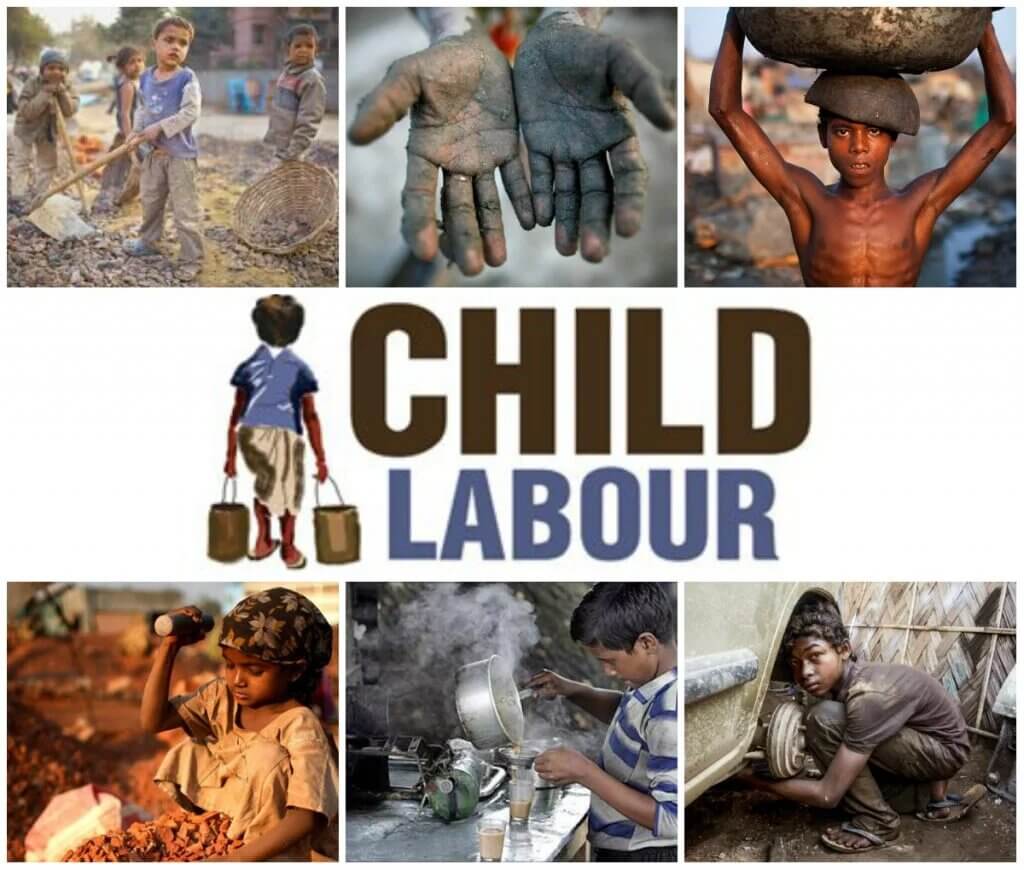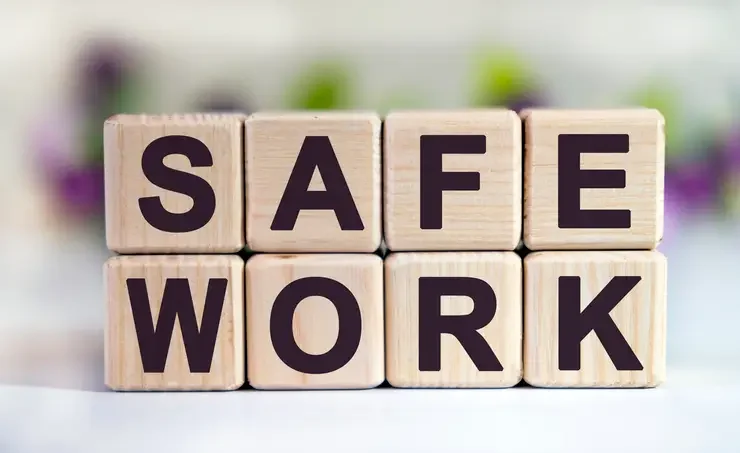Child Labor Laws: Facts, Stats & Myths
The Fair labor standards act (FLSA) is a federal law which establishes minimum wage, overtime pay eligibility, record keeping and child labor standards. This act was established in 1938 in the United States to prevent child labor. This act emerged during the period of the Great Depression, a period marked by high unemployment and severe economic challenges with the primary goal of improving employment.
The FLSA was introduced as a part of president Franklin D. Roosevelt’s new deal, a series of programs that aimed in abolishing the American economy and providing relief to those suffering during the depression. The act served critcial issues as:
- Minimum wage: The FLSA established a federal minimum wage system ensuring that workers received a baseline amount for their labor and to provide a liveable income to them.
- Overtime pay: The act introduced the requirement for overtime time pay ensuring that the workers will be compensated for the extra amount of time, that is if they work beyond the standard 40 hours work week.
- Child labor: One of the most significant aspect of FLSA was its child labor provision. This act regulated the age set and the type of work and hours minors could legally engage themselves in. These were designed to protect children from exploitation, ensuring their safety and promoting their education
- Record keeping standards: The FLSA required employers to maintain accurate records of employees’ wages, hours worked, and other conditions of employment. This provision aimed to enhance transparency and ensure compliance with labor standards.
Impact On Child Labor:
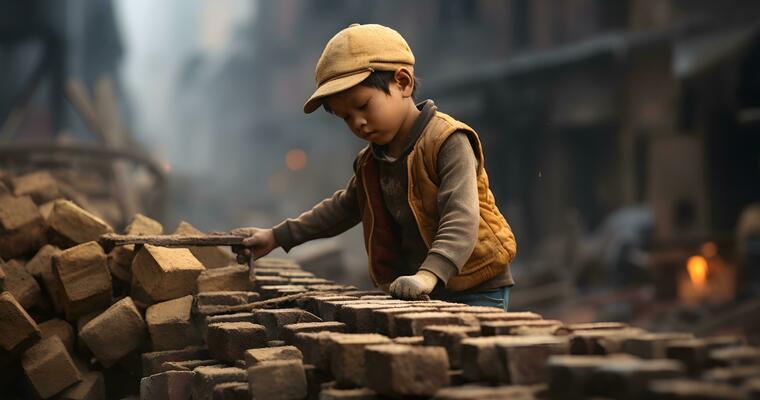
The FLSA’s child labor provisions were particularly transformative. The act prohibited the employment of children under the age of 14 in most non-agricultural jobs and restricted the hours and conditions under which minors aged 14-15 could work. For older minors, aged 16-17, the act allowed more flexibility but still prohibited hazardous occupations. These measures were instrumental in reducing child labor and ensuring that young people had the opportunity to pursue education and develop in a safe environment.
Shocking Global Statistics About Child Labor:
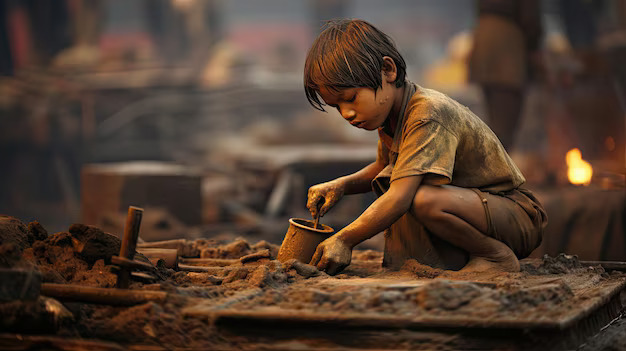
- Over 150 million child laborers worldwide:
According to the international labor organization, approximately 152 million children aged between 5 to 17 are engaged in child labor globally.
- Agriculture dominates child labor:
Nearly 73% of child laborers work in agriculture, including farming , fishing, forestry and livestock herding. This sector often involves hazardous conditions and long hours of work.
- Significant drop since 2000:
The number of children in child labor has decreased by 38% since 2000.
- A growing concern in the US:
In 2002, The US Department of Labor identified 835 child labor violations.
- State level disparities:
States like Florida and Texas report higher incidences of child Labor violations highlighting regional enforcement challenges.
- Excessive Working Hours:
Violations often include minors working beyond legal work hours especially during school days affecting their health and education.
- Exploitation during COVID-19:
The COVID-19 pandemic saw a significant rise in child labor as economic hardships pushed more families to send their children to work.
FACTS ABOUT CHILD LABOR
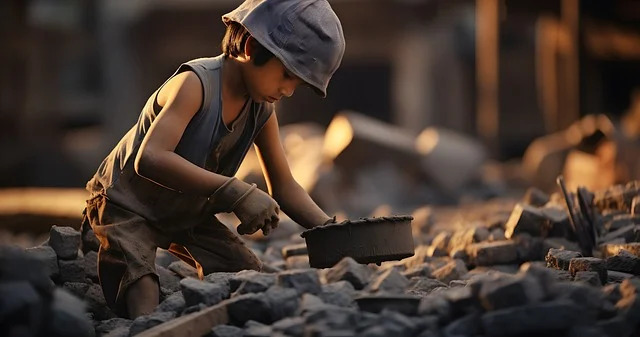
Federal and State laws
- The FLSA sets the federal standard for child labor, prohibiting the employment of minors in hazardous occupations.
- State laws may vary with some states having stricter regulations than the federal standard.
Industries where minors cannot work
- Mining
- Manufacturing
- Operating heavy machinery
Legal Working Hours
- For minors aged between 14-15 work hours are limited to non-school hours, a maximum of 3 hours in a school.
- For minors aged between 16-17 there are fewer restrictions but hazardous work remains prohibited.
Age certifications
- Age certificates or work permits are required in some states to verify the age of the minors before they can be employed. These ensure compliance with labor laws and provide proof of age to employers.
Child Labor Myths
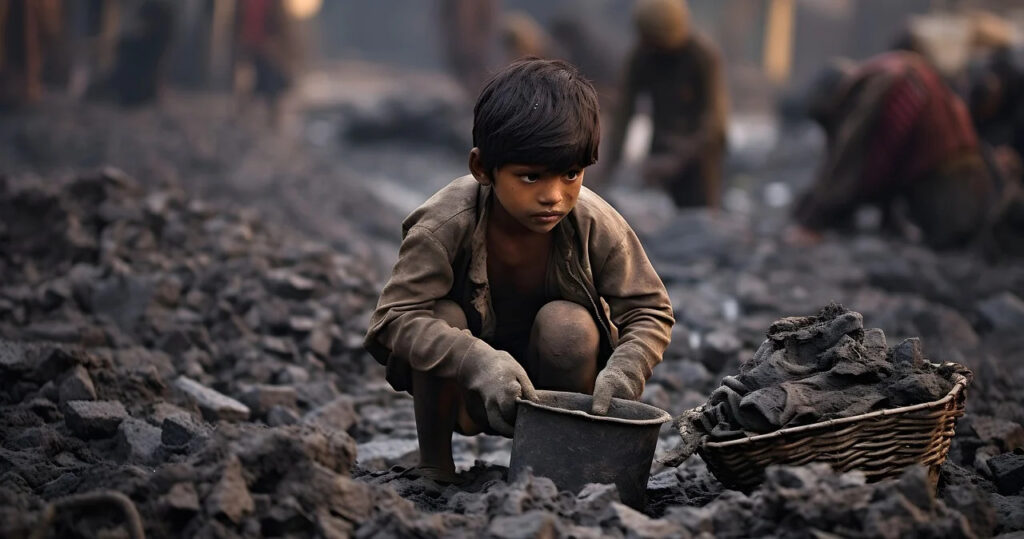
1.Myth: Child labor only occurs in developing countries.
Reality: Child labor is a global issue, including in developed countries like the United States.
2.Myth: All child labor is harmful.
Reality: Not all work done by children is considered child labor. Some work can be beneficial for skill development and socialization.
3.Myth: Child labor laws are the same everywhere.
Reality: Child labor laws vary significantly by country and even by state within the United States.
4.Myth: Child laborers are only found in factories.
Reality: Child labor occurs in various sectors, including agriculture, retail, and domestic work.
5.Myth: Eliminating child labor is solely the government’s responsibility.
Reality: Eliminating child labor requires a collaborative effort from governments, businesses, communities, and individuals.
Conclusion
Child labor laws, such as those outlined in the FLSA, play a critical role in protecting minors from exploitation and hazardous work conditions. While significant progress has been made in reducing child labor, ongoing efforts and awareness are essential to address the issue comprehensively.Child labor remains a critical issue that demands urgent attention and action. Despite significant progress, with a 38% reduction in child labor since 2000, millions of children worldwide, including in the United States, continue to be exploited, particularly in hazardous conditions and unpaid family work.
The Fair Labor Standards Act (FLSA) has been instrumental in establishing protective measures, yet enforcement challenges persist, especially in the agricultural sector. To eradicate child labor, a concerted effort is required, involving stronger legal frameworks, enhanced enforcement, and increased awareness. Protecting children from exploitation is essential for their well-being and for fostering a just and equitable society.

